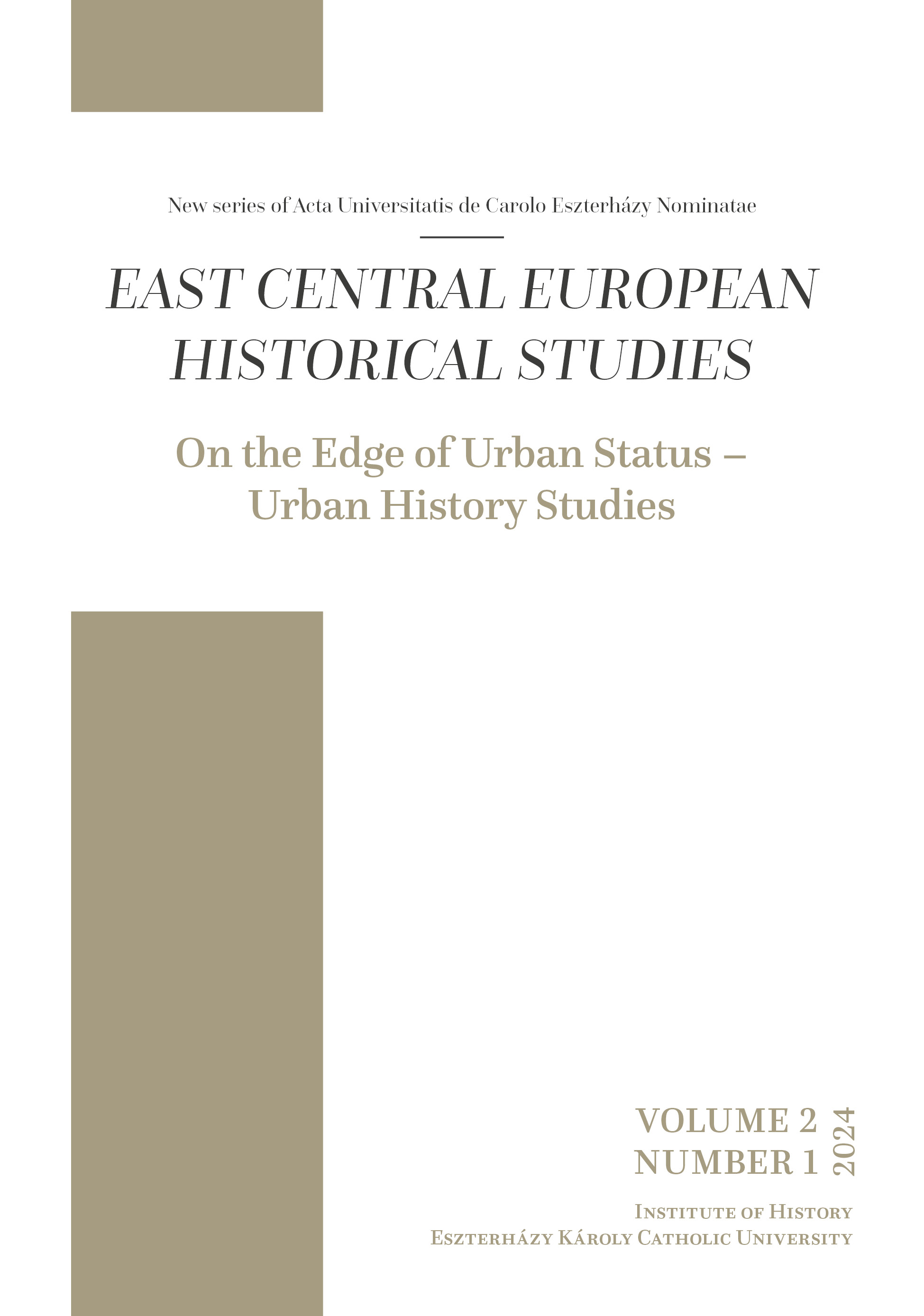Szombathely and the Relationship between Bishop and Landlord in the First Decades after the Establishment of the Diocese
Main Article Content
Abstract
The period of Szombathely’s first bishop, János Szily, holds significant representational value in understanding the relationship between Szombathely and its later landlords. On one hand, it was the most productive period in the 70 years following the diocese’s establishment in terms of construction and institutional foundation. On the other hand, under Szily’s leadership, the boundaries were established that would, if respected, ensure a positive—or at least peaceful—relationship between the market town and its landlords. These boundaries, however, were formed only through minor and major conflicts and negotiations. The disputes between János Szily and the town served as an excellent platform for both parties to assert and demonstrate their own powers and jurisdictions. These disagreements seem to have tested the limits of how far each party could go, acting as trials of strength for the town’s and the landlord’s capacities to assert their interests. By the late 18th century, Szombathely’s infrastructural and economic development unfolded in the shadow of an increasingly active manorial economy and administration, representing the power of the landlords. This study not only summarizes these conflicts but also highlights their long-term impacts, examining how the struggles between Bishop Szily and the town shaped the relationship between Szombathely and future bishops.
Article Details

This work is licensed under a Creative Commons Attribution 4.0 International License.

